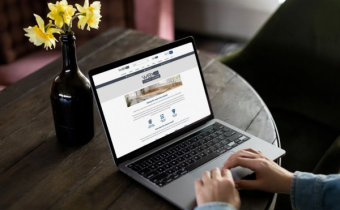Finance
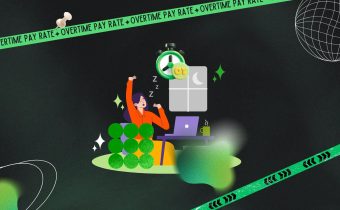
November 14, 2025
Step-by-Step Guide to Calculating Overtime Pay
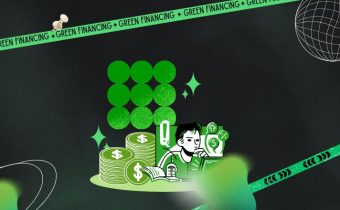
October 27, 2025
Green Financing vs Traditional Financing: Key Differences

September 16, 2025
iCryptox.com Machine Learning: Real-World Trading Applications In 2025

May 22, 2025
How Debt Management Gave Me Peace Of Mind
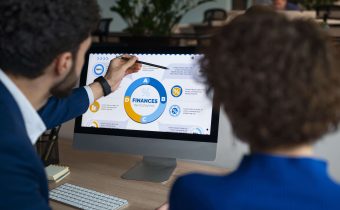
March 12, 2025
The Growing Popularity of Fractional CFO Services

February 20, 2025
The Financial Benefits of Advancing Digital Solutions in Growing Cities
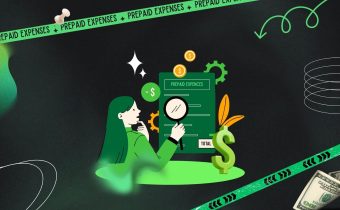
February 15, 2025
Prepaid Expense: Definition, Example, and Insights!!!




Personal Finance
View MoreAbout Us
Finance Team: Business and Finance News, Tips and Advice
Meet FinanceTeam Your Credit Cards and Payments Guide We bring you the updated trends in the Credit cards and Payments market FinanceTeam helps you by making your payments easier. Whether it's contactless payment or choosing the best business credit card, FinanceTeam has you covered. Our articles cover credit cards, financial advisory, and fundamentals of the latest technology in finance. We don’t limit our articles to informing you about the fads in the financial world. Our experts analyze the trends. They are emphatic about how the new trends will affect the customers. Trust me when I say FinaceTeam has something for all of you. Our blogs analyze the latest best business credit cards and pitch which one’s best for you. Concurrently, you will find articles about the best contactless credit cards to shop from Wells Fargo or Big Lots. Our Journey We created FinanceTeam back in 2016. Since then, our efforts and your overwhelming support made us one of the most searched sites in the US. Come to our site and revamp your financial knowledge We are the best platform for finance tips and suggestions. Our experts found that numerous readers have bleak ideas about financial safety and the adoption of new technology in finance. Readers also confess that choosing the right credit card is a squabble. That said, there’s no point denying that the credit card market is enormous. Ranging from types of credit cards to their respective benefits, there’s a knowledge gap that rarely anyone sheds light on. But we do! Our Mission is to help you choose the right Credit Card for all your needs. We all aspire to help our global audience to understand finance better. At financeteam.net, we always scan the market. We persistently search all credit sources to understand the common mistakes that people make while choosing their cards. That’s why you will come across articles with details about Credit Cards with the best offers on Finance Team. Readers also hesitate to use digital wallets. Our experts say that the reason behind this fear is clouded knowledge. So we decided to help you all. Benefitting readers with expert financial advice every day Now that FinanceTeam is here, everyone will get the credit card that’s best for them. Gone are the days when people used to casually apply for a card, thinking- They are ALL SAME! Courtesy of our experts’ hard work, our readers know- what AmEx Platinum offers can’t be availed through a Miles Credit Card. Our duty is not over yet! We dream of a day when our readers will be able to make digital payments in a snap. That’s why we bring you articles on the latest payment technology like NFC, RFID, Wallets and many more. Get Social with Us! Read one of our blogs recently? Found something valuable or want to suggest something new? Let us know about it today. You can comment below our blogs or contact us here. If you want to help the community with knowledge that helped you to sort your finances, there’s nothing better. You can now share our articles across Partnering with Us! What delights us most is having our readers onboard. So hurry up and share your knowledge with our global community of readers. Send your queries to [email protected]. If you wish to see new blogs on any topic or write a Guest post for Finance Team, use the contact form to let us know.
view more



Business
View MoreInvesting

November 3, 2025
Understanding the Role of Micro ATMs in Financial Inclusion

October 24, 2025
Types of Electronic Banking Services You Should Know

October 24, 2025
How the Future of Banking Will Impact Consumers and Businesses?

October 22, 2025
Understanding Different Types of Bank Accounts and Their Uses
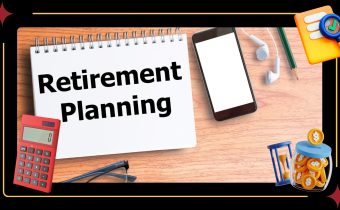
December 7, 2024
A Complete Early Retirement Planning Guide
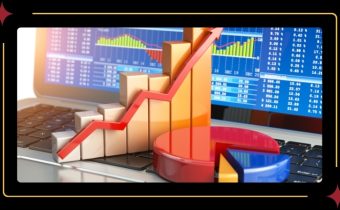
November 30, 2024
5 Best Online Money Market Accounts that Offer More than 5% APY
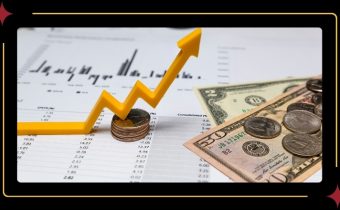
November 30, 2024
What is a Money Market Account? 6 Reasons why It is The Best for You!



















